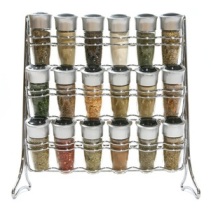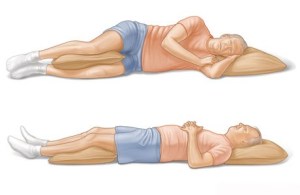The Ultimate Snack
I get more questions about this topic than any other. “What can I snack on that is low in carbohydrates but high in protein?” The truth is, you can only eat so much cottage cheese, greek yogurt, and nuts. (Which are also great snacks) Variety is one of the biggest challenges for people adjusting to a healthy nutrition regimen. “What food can I eat in between meals and at night?” Since chips, crackers, candy, and anything processed should be out of the question, options can be limited. However, here is one great option to give you some variety.
Home-made Beef Jerky
The Benefits
- High in protein
- Unprocessed
- Low in fat
- Versatile flavor choices
- Low in sodium
- Zero Carbohydrates
Cooking Instructions
1. Start by cutting a 1-pound trimmed, strip steak into thin slices no more than 1/8 inch thick, 1 inch wide, and 3 inches long. (To make the steak easier to slice put it in the freezer for 5-10 minutes before slicing.)
2. Refrigerate the marinated steak overnight (or during the day) in a seal-able bowl or bag.
Options for a personalized marinade per 1lb of meat. (mix and match your favorites)
- 2 chopped garlic cloves or equivalent in minced garlic
- 1 tbsp soy sauce
- 1 tbsp rice-wine vinegar
- 1 tbsp Worcestershire
- 2 tbsp dark brown sugar
- 1 tbsp extra virgin olive oil
- 1 tbsp A-1 sauce
- 1 tbsp Teriyaki
- 1 tbsp whiskey
- 1 tsp Tabasco
- Pepper
- Garlic Salt
- Curry
- Onion
- Cilantro
3. Place the strips on a baking rack and bake in the oven until strips are dry and moisture is absorbed. Place a baking sheet underneath the rack to prevent dripping. (Between 45 and 60 minutes at 180 to 220 degrees)
4. Remove from the oven and refrigerate in a seal-able bag or bowl for a healthy protein-filled snack!
Conclusion
The versatility of ingredients in the marinade make this an attractive snack for people looking for some variety. My advice would be to make a bulk serving on sunday night to last you throughout the week. As I have discussed in my previous blog posts, aim for healthy snacks in between meals to make up 5 or 6 smaller meals per day instead of 3 large meals. Snacking is not the enemy. Unhealthy snacking is the enemy.
My suggestion
A snack that is high in protein and has large amounts of fiber is ideal. Mix some home-made jerky with a handful of walnuts for a healthy dose of protein, fiber, healthy fats, and useful calories. Thanks for reading and let me know if you have any comments or questions.
From Naples,
Kevin
kdeeth21@gmail.com


















![Pie chart [see text description below.]](https://i0.wp.com/www.cdc.gov/tobacco/data_statistics/tables/health/attrdeaths/images/tobacco2.gif)





























